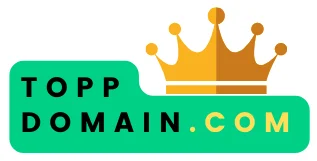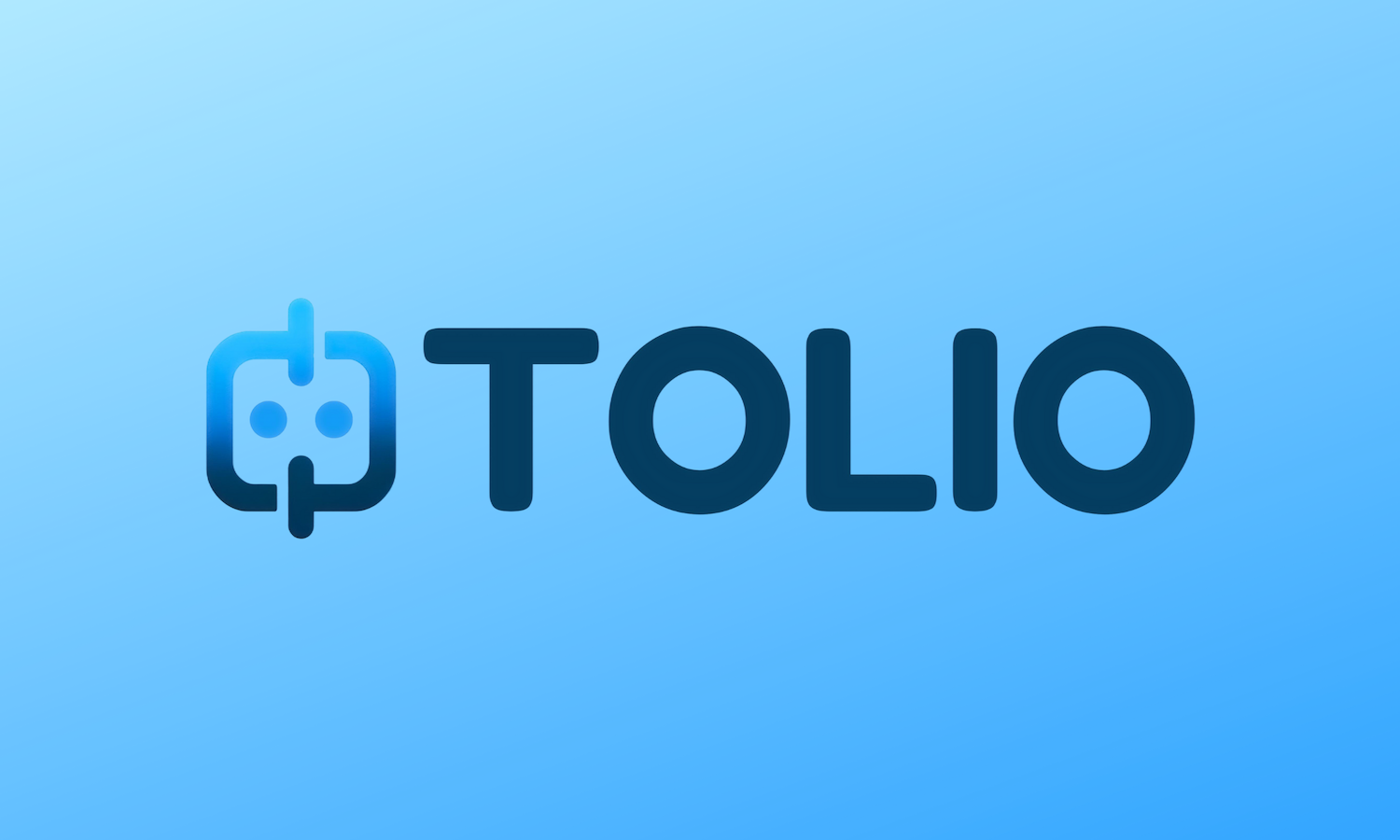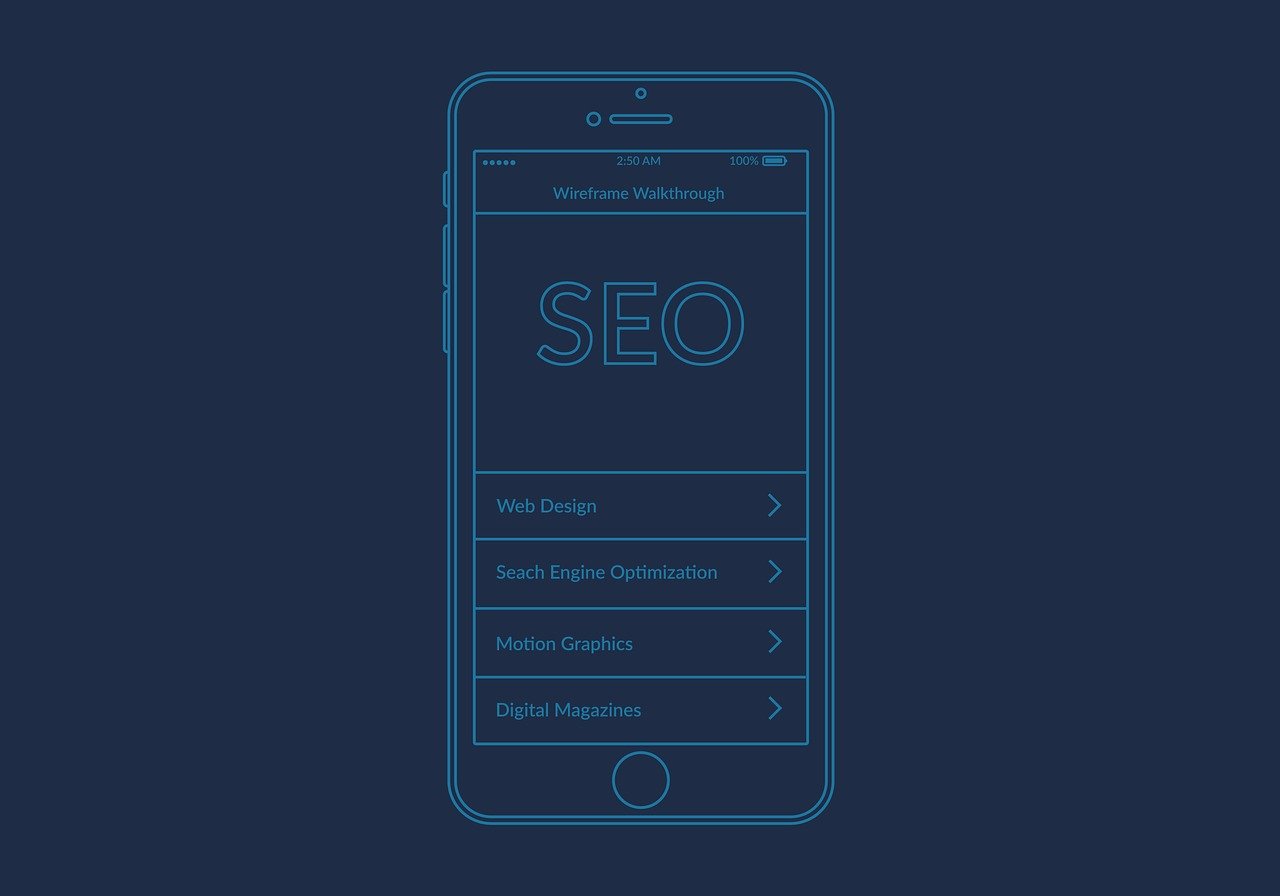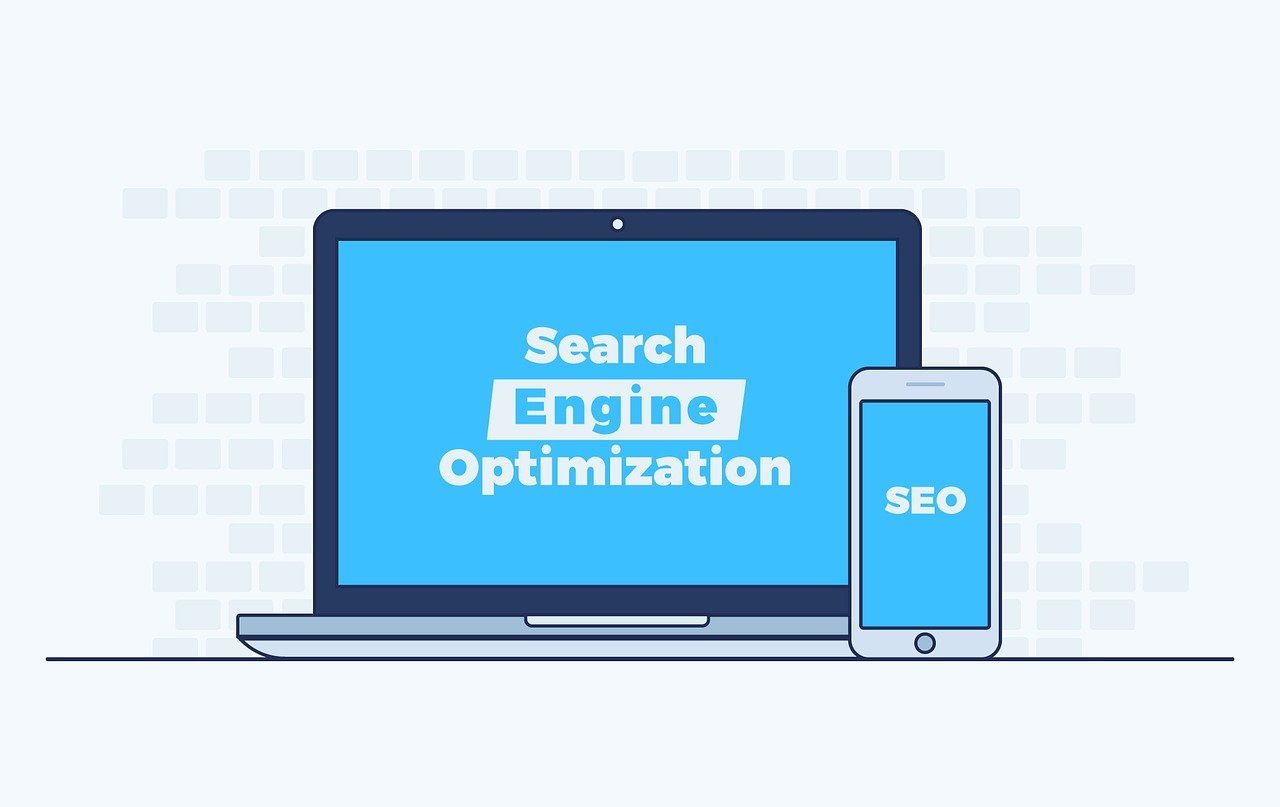Search engine optimization, abbreviated SEO, can broadly be divided into two categories: on page SEO and off page SEO. Both of these two components play important roles in the overall SEO strategy and are necessary for SEO success.
On-Page SEO, or “On-Site SEO” focuses on all the measures you take on your website to improve the quality of the website and achieve better rankings and thus results in search engines.
While Off-Page SEO involves external factors such as links and social signals, On-Page SEO is about optimizing the website itself to meet search engine criteria and provide a better user experience.
On-Page SEO is quite broad and includes a variety of aspects and details given the complexity of a website. If you’re new to SEO, it’s no wonder it feels a little overwhelming. There are many aspects of a website that can be tweaked and improved to create better results. This includes everything from page speed to page content, design, images, links, and more. However, underlying this strategy is the overall goal of creating a higher quality website that offers a better user experience.
In the overall SEO work, on-page SEO plays a central role. An analogy is having a bad product but great marketing. Even if the marketing is good, you will have a hard time generating results over time because your product is substandard.
The same goes for SEO.
You may have a great off-page SEO strategy, but if your website is slow and has a poor user experience, you will struggle to achieve maximum results.
In this article, we’ll take a closer look at off-page SEO and discuss everything you need to know.
Basic concepts
Keywords and their role
Keywords form the basis of On-Page SEO and are the words or phrases that users type into search engines when searching for information.
When creating your site, it is important to do a keyword analysis to understand which keywords are relevant to your industry and target audience so that you can appeal to your target audience. Based on the keywords identified in your keyword analysis, you should focus on creating content that search engines find relevant and valuable. Strategically include these keywords in titles, meta-descriptions, headings and the actual content of the web page to answer users’ searches and thus improve your ranking in the search results for these keywords.
Meta tags and their impact
Another aspect of on-page SEOO is meta-tags. These are HTML elements that provide information about a web page to search engines. The most relevant meta tags for On-Page SEO include Title Tag, Meta Description, and Meta Keywords (although the latter has declined in importance). The Title Tag is especially important because it appears as the title in the search results and plays a key role in attracting users to click on the link. A well-designed and attractive title tag will entice users to click on your search results. This leads to increased traffic but is also an indication to search engines that people find your page relevant, which can improve your position in the search results.
Writing engaging and relevant meta tags is therefore a critical part of optimizing a web page for search engines and users.
Headings (H1, H2, etc.) and their meaning
The headings on a web page, especially H1 (heading 1), H2 (heading 2), and so on, help structure the content and provide clear signals about the hierarchy of the page and content to both users and search engines. The H1 heading usually represents the main heading of the page and should contain relevant keywords to strengthen the page’s search engine optimization. By using a hierarchy of headings correctly, you can improve your page’s readability and user experience while providing search engines with important information about the page’s structure and content.
Structure and Content
When it comes to structure and content, first of all, we have URL structure and content. Your homepage URL structure plays an important role in On-Page SEO. Search engines and users should be able to understand the content of a page just by looking at its URL. For this reason, you want to use clean and easy-to-read URLs that include relevant keywords. This can also improve the page’s click-through rate and search engine ranking. Avoid long and cryptic URLs and use short, descriptive links instead. For example, a url that looks like this: dinsida.se/herrskor/röd is better than dinsida.se/skor/category/5429.
The quality of the content and its impact on rankings
As you probably know, the quality of the content on your website is a foundation for success with SEO. To rank well in the search results, your page must answer what the user is looking for and offer high-quality content. For this reason, a large part of the on-page SEO work consists of content.
Before, you could include so many keywords that only went on one page and rank high but those days are gone. Today, the emphasis is on how well the content answers the user’s questions and needs and the overall user experience on the site. In recent years, it has also become increasingly important to include relevant images and multimedia elements as it enriches the page’s content, improves the user experience, and is rewarded by search engines.
Using images and alt attributes for SEO benefits
Search engines have placed more emphasis on multimedia elements in recent years because it is what users want and because it improves user experience. A tip is to embed YouTube videos on your page (since Google owns YouTube and favors this) and to use high-quality and relevant images.
Keep in mind that multimedia also affects the page’s performance, so it is important that they are optimized correctly. A tip here is therefore to optimize images by compressing them so that they are not too heavy and thus increase the loading time of the page. You want to do this without losing quality.
In addition to this, the use of alt attributes is also important for search engine optimization. Alt attributes describe the image and enable search engines to understand its content, which can lead to improved visibility in image search results. Image search results can also drive traffic and are often an underrated aspect of SEO.
Technical aspects
When you talk about SEO, you often talk about the technical part of the website. This is because the technical part of your website can be described as the foundation. With an unstable foundation, it will be difficult to build on with all the other components. For this reason, it is important to first lay the foundations and ensure that all technical components are optimized.
Fast loading times and their impact on search results
Fast loading time is an incredibly important part of SEO success. As we discussed, the user experience is incredibly important to search engines and a website that loads slowly will negatively affect the user experience and will cause people to leave the page before it has finished loading.
With this in mind, you want to optimize your website so that it loads quickly. There are many different ways to speed up your page, the most important of which are to compress images, minimize HTTP requests, and use caching techniques.
Mobile-friendly and responsive design
Today, the majority of search engine users are mobile users. This has caused search engines to place more and more importance on mobile friendliness and responsive design.
It goes without saying that your website should be mobile-friendly with a responsive design, which means that the content adapts and displays correctly on different screen sizes. Google also uses mobile-first indexing, which means that it primarily uses the mobile version of a website to determine its ranking in search results.
Canonical tags and their usage
Duplicate content can negatively affect search engine rankings. Canonical tags are a tool to deal with this problem by specifying the “canonical” version of a page. This helps search engines understand which version of the content is most relevant and avoid treating similar pages as identical content. The use of canonical tags is especially important when there are multiple versions of a page, such as HTTP and HTTPS or www and non-www versions.
As you can see, technical aspects of On-Page SEO play a central role in how search engines index and rank web pages. There are many different aspects that you need to consider in addition to the main ones that we have discussed here.
Optimizing page performance
As we’ve discussed, page performance and loading speed are incredibly important to the user experience. Let’s take a closer look at the most important steps you can take to optimize this.
Compression of images and other media files
Images and multimedia elements are often the largest files on a web page. With this in mind, their size can significantly affect page load time. There are several compression techniques that you should use to reduce file size without compromising image quality. This results in faster loading times and thus improved user experience as well as positive signals to the search engines.
Use of cache for faster page load
Caching is a technique where a browser stores copies of web pages locally so they can load faster when a user visits your website again. By implementing caching for various web resources, the need to retrieve these resources from the server every time a user visits the page is reduced. This reduces the load on the server, improves page performance, and reduces the time it takes for the page to load.
Minimizing HTTP requests for improved performance
Every component on a web page, such as images, scripts, and others, requires an HTTP request to load. The more requests a page has, the longer it normally takes to load the page. By minimizing the number of HTTP requests, you can significantly improve page load times. This can be achieved by combining and reducing the size of files, using CSS sprites, and implementing asynchronous loading of resources.
Use of structured data
Implementation of schema markup for better search results
Schema markup is a form of structured data that you can use to provide additional information about your pages to search engines. With schema markup, you can improve how your site’s results appear in search results by including extra information such as reviews, ratings, price, event dates, and more. This enables the search engines to understand and present information in a more detailed manner, increasing the chance that users will click on the page. This can help to improve the page’s CTR (click-through rate), which leads to more traffic and, in the long run, potentially also improved search results.
Rich snippets and its impact on click-through rates
Rich snippets are visually prominent results in the search results that include extra information beyond the standard meta description. This can be in the form of review stars, product performance, recipe information, and more. The most common is to see a text excerpt under a search result. Rich snippets are generated by using schema markup. Having rich snippets can attract attention and increase the chance of users clicking on the page, even if it doesn’t rank first. This can result in a higher click-through rate and better visibility.
Measurement and Analysis
As with all marketing methods, it is important to measure, analyze, and evaluate to know how you are performing. Using this information, you can better adapt and adjust your strategy to achieve better results.
Tools like Google Analytics and Google Search Console give you deeper insight into various aspects of your website’s traffic and visibility. Google Analytics tracks visitor behavior, page views and conversions, while Google Search Console provides information on how search engines are indexed and shows the site’s performance in search results.
Follow-up of keywords and rankings
Keywords and rankings change over time depending on various factors, including changes in competition and search engine algorithms. Because of this, you should make it a habit to monitor keywords and rankings regularly. This is necessary to identify trends and make adjustments in the SEO strategy. There are various tools available, both free and premium, that allow you to track your keyword positions and identify possible areas of improvement.
Keep in mind that monitoring and analysis is not a one-time activity but a continuous process.
Common mistakes to avoid
Duplicate content and its negative effects
One of the most common mistakes in On-Page SEO is having duplicate content on the website. Duplicate content can occur for various reasons such as using similar meta descriptions, identical pages with different URLs, or excessive use of syndicated content. Duplicate content can have a negative effect on your SEO results by the search engines choosing not to index or rank pages. Therefore, avoid duplicate content as far as possible, and for the pages that contain duplicate content, you can use canonical tags.
Ignoring mobile users and its implications
As we said before, a majority of users on search engines today are mobile users. For this reason, designing your website only for computers is a big mistake. Instead, you should place great emphasis on mobile friendliness and creating a responsive design.
Neglecting links and internal linking strategy
Links make up the web within your website that leads users (and search engines) from one page to another. Internal links are often underestimated in SEO but can actually have a huge impact on your results.
Neglecting to create relevant internal links can lead to a less coherent structure and difficulty for search engines to index and understand the hierarchy of the page. On the other hand, overuse of internal links, especially if they are irrelevant or over-optimized with keywords, can lead to confusion and a degraded user experience.
Future trends in On-Page SEO
As SEO is constantly changing, it is important to stay up to date with the latest trends and changes to keep your strategy relevant and your website adapted accordingly.
The first trend is linked to the increasing use of voice-controlled devices such as smart speakers and mobile assistants. As this becomes increasingly popular, users’ search patterns also change. Part of adapting for this therefore includes adapting content to answer naturally phrased questions. Optimizing for specific queries and using more conversational language is becoming increasingly important to meet the unique demands of voice search.
The BERT algorithm and the importance of natural language
Google has implemented BERT (Bidirectional Encoder Representations from Transformers) to better understand the context and meaning of users’ searches. Future On-Page SEO will probably need a more focused effort to produce content that responds to user intent rather than just matching keywords. Focus on conversational-style natural language and focus on covering broader topics to accommodate the BERT algorithm’s understanding of user intent.
Increased emphasis on user experience and Core Web Vitals
Last but not least, Google has been emphasizing the importance of user experience through Core Web Vitals for a while now
This measures factors such as page load time, interactivity and visual stability. Future On-Page SEO will require a more in-depth focus on these aspects to ensure that web pages are not only content-rich and relevant, but also fast and user-friendly. To remain relevant in the future SEO landscape, it is therefore important to optimize for Core Web Vitals to provide a satisfactory user experience to users.








![76 Tips to Optimize your Website for SEO [Guide]](https://toppdomain.com/wp-content/uploads/2023/12/web-3967926_1280.jpg)